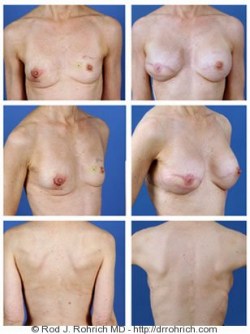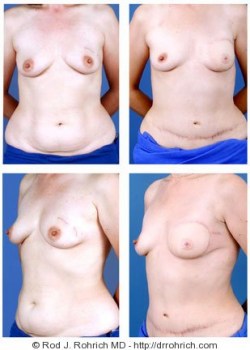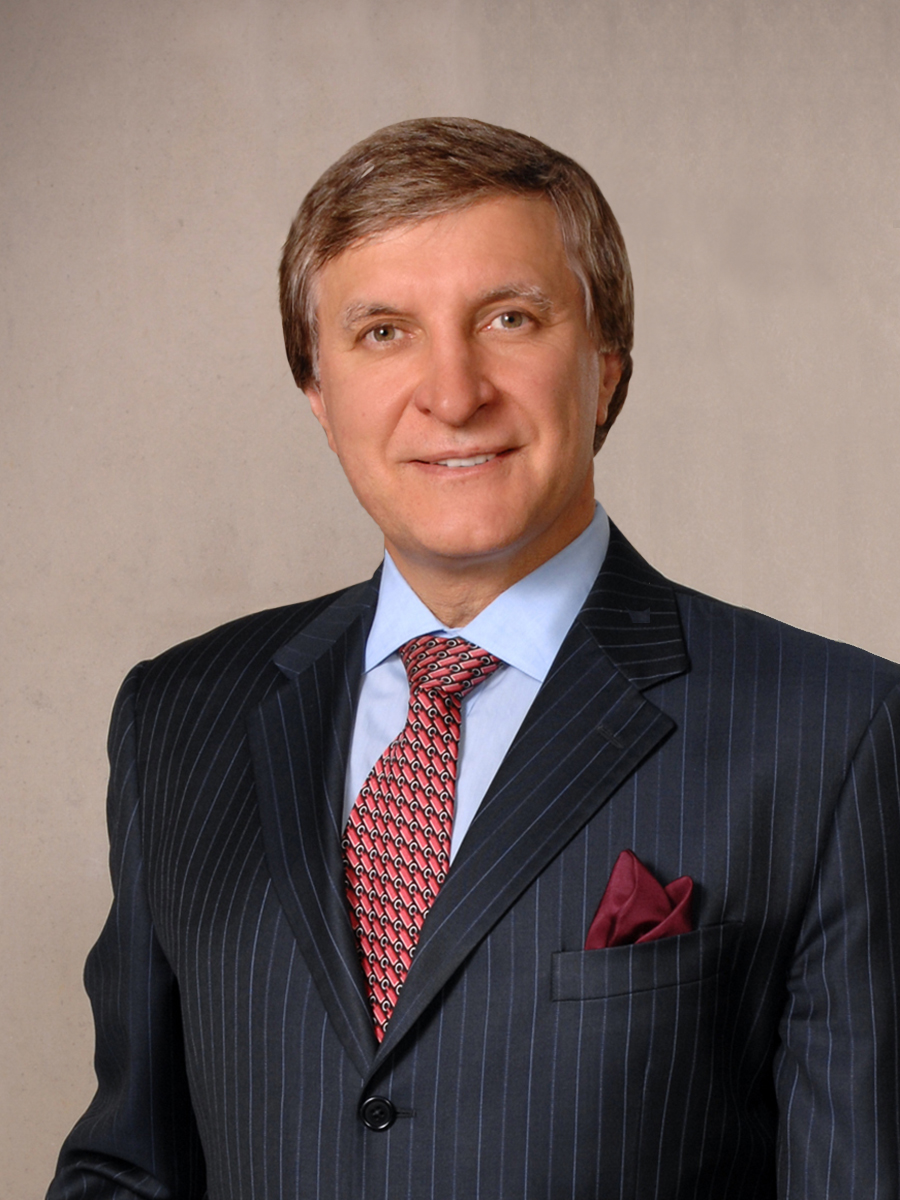World renowned plastic surgeon, educator, and innovator. Named one of the most influential plastic surgeons in this century and repeatedly voted one of the best plastic surgeons in Dallas.
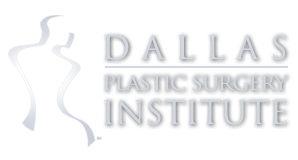
Dr. Rohrich on Instagram
Dr. Rohrich on YouTube
Lectures & Meetings
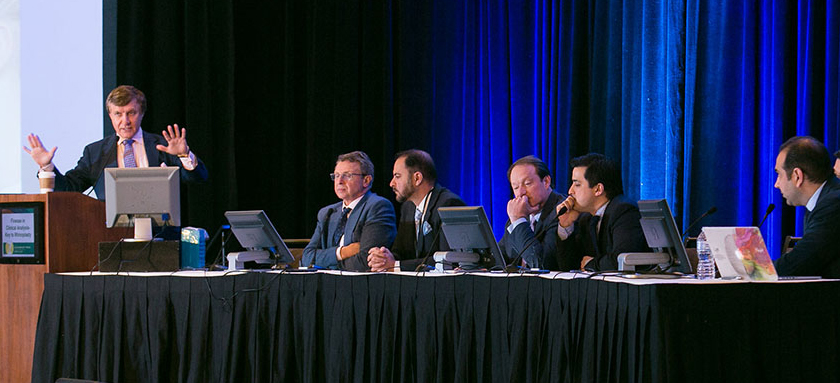
Honors and Awards
- Newsweek: Best Plastic Surgeon in US for Rhinoplasty
- Newsweek: Best Plastic Surgeon in US for Facelift
- D Magazine Best Plastic Surgeons in Dallas
- Texas Monthly Super Doctor
- US News and World Report Best Plastic Surgeons
- Harper's Bazaar Best Plastic Surgeons in Texas
- Castle Connolly Top Doctors
- Past President: American Society of Plastic Surgeons
- Past President: The Rhinoplasty Society
- Editor-in-Chief: Journal of Plastic and Reconstructive Surgery/Global Open
- Chair: Dallas Rhinoplasty & Cosmetic Meeting
- Recipient of ASPS Special Achievement Award
- Three time Recipient of Plastic Surgery Foundation Distinguished Service Award
Dr. Rohrich in the News
Dr. Rohrich has been rated as the #1 Best Plastic Surgeon in the United States by Newsweek in Rhinoplasty, Facelifts, Eye lifts, and Liposuction.
Professional Organizations
- American Board of Plastic Surgery
- American Society of Plastic Surgeons
- American Society for Aesthetic Plastic Surgery
- The Aesthetic Surgery Education and Research Foundation
- The Plastic Surgery Foundation





